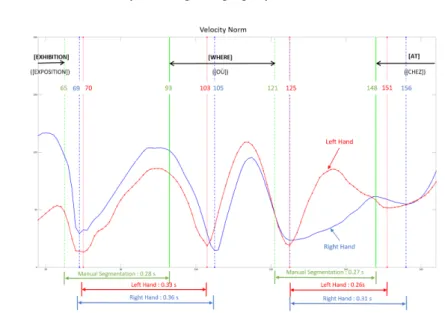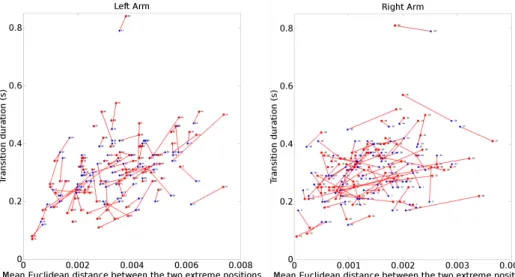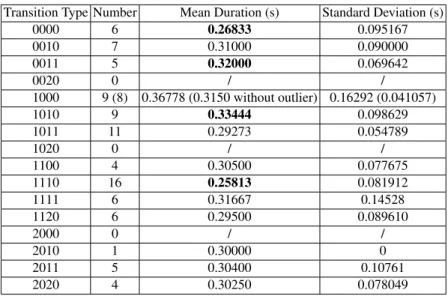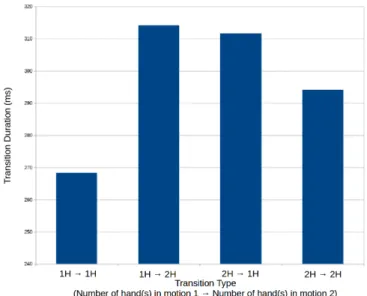Coarticulation Analysis for Sign Language Synthesis
Texte intégral
Figure




Documents relatifs
Phonological skills depend on sign language knowledge, linguistic environment and sign language
A web-based application, which provides a series of four American Sign Language (ASL) courses, is presented in [26]. Historically, the beginning of computer science is
The introduced concept of a gesture based sign language chat enables the communication of hearing impaired people over networks, including concerns regarding low throughput
The French Belgian Sign Language laboratory (LSFB-lab) recorded 150 hours of conversations to create a corpus useful to analyze the Belgian sign language and its usage [3].. The
If the similarity between a learner’s sign and that of a tutorial is above a set threshold for a sign, then the execution is determined to be correct, otherwise the hand-shape
Further research is needed to establish the fine-grained structure of the head DP and whether head and relative marker have a fixed order (especially in the case of internally
Particle filters are based on three essential models: observation model which weights particles according to the associated extracted measure- ments, reference model which is a
We then present how acquired data are postprocessed in order to build a database com- patible with high level gesture specification and capable of feeding real time data-driven





